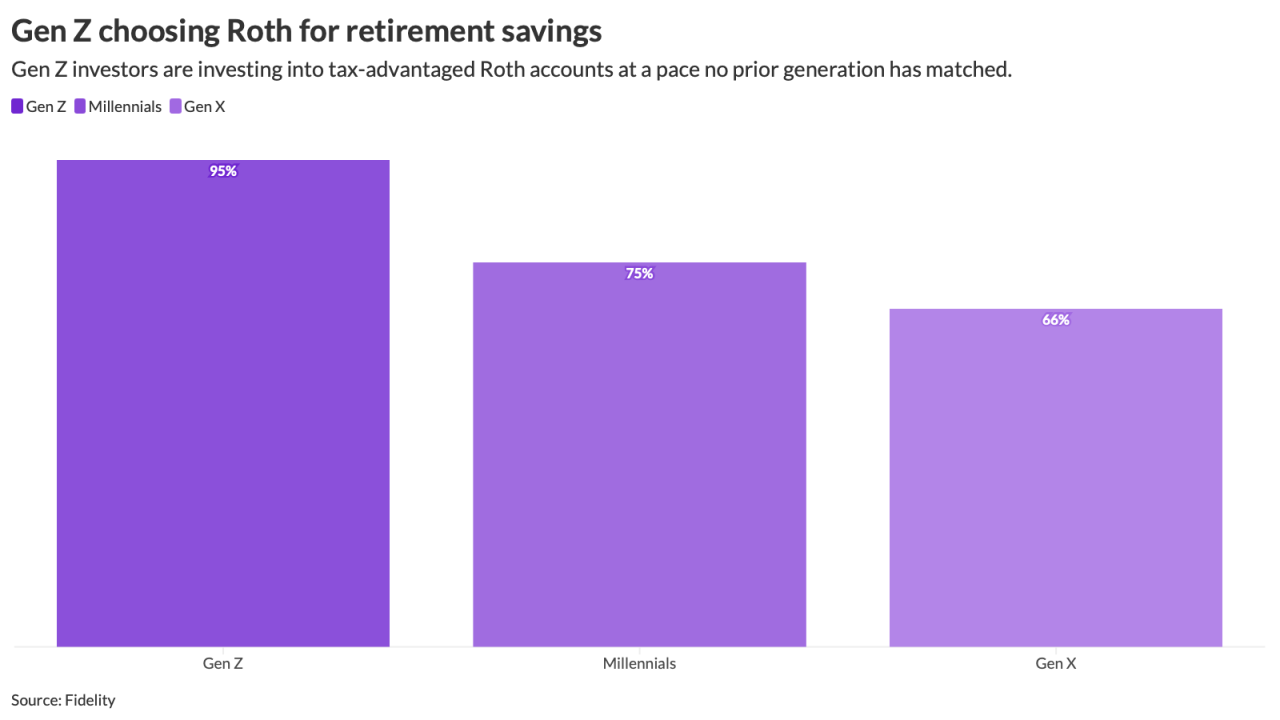- Key Insight: Learn how employer-sponsored standalone emergency savings accounts are altering benefits strategy.
- What's at Stake: Employers risk talent retention and productivity if short-term financial needs remain unaddressed.
- Supporting Data: 63% of employees can't cover a $500 emergency expense.
- Source: Bullets generated by AI with editorial review
Most workers are
Sixty-three percent of employees are unable to cover a $500 emergency expense, according to a recent report from financial startup SecureSave, proving that employees are still struggling to make ends meet. As a result,
"From the pandemic, to inflation, to tariffs, it's hard to imagine another five-year period where employees experienced so many changes at once," says Devin Miller, CEO of SecureSave. "People are trying to navigate dynamics that are unfamiliar and very challenging, making them more focused on short-term goals and impacting where employers should be spending time and money when it comes to their benefits."
Read more:
The origin of ESAs can be tied back to the Secure 2.0 Act, according to Miller, which allowed employers to offer pension-linked emergency savings accounts and by limited penalty-free
"Secure 2.0 put emergency savings much more prominently on the map, but it was a confusing map," Miller says. "Leaders knew there was increased attention towards the topic of ESAs, but they didn't know how they looked outside of retirement benefits or how to make them work."
In response, SecureSave is focused on helping organizations
Read more:
"Employers are becoming much more educated and therefore more aware of the state of their employees," Miller says. "We're already starting to see those larger, more sophisticated employers catch up and join the trend. As for those that have already deployed some kind of system, they're reporting really great results across retirement readiness, productivity and retention."
Getting your ESA program off the ground
There are already a few iterations of out-of-plan ESAs on the market, according to Miller. However, many of
"If [employers are] trying to drive retention or trying to get people to certain milestones, they can design their plans with signing and milestone bonuses," Miller says as an example. "By offering more focused incentives, employers gain more control over the outcomes. "
Read more:
Leaders looking to implement an ESA program should also be
"Our approach is to help organizations get as many people enrolled in these programs as possible," he says. "Once they do, they'll have employees who are much more engaged in financial wellness and who will be much more successful in achieving it."






